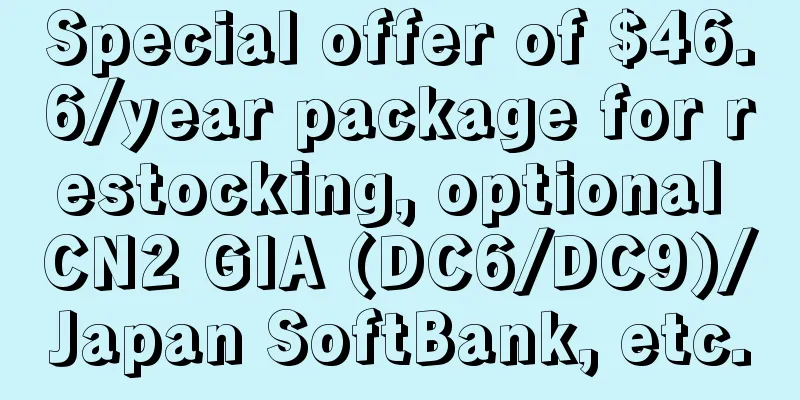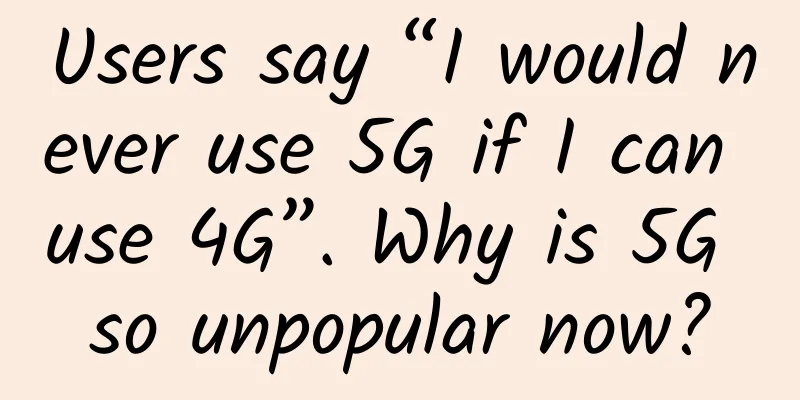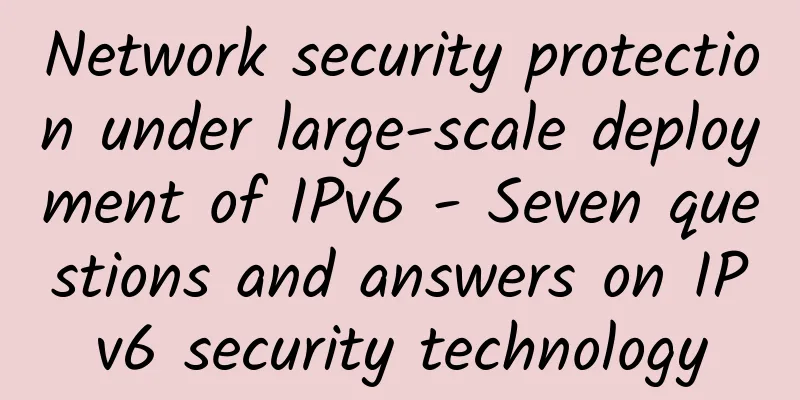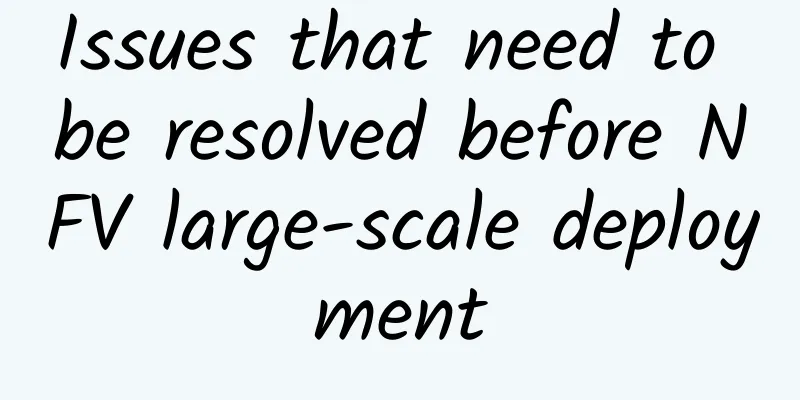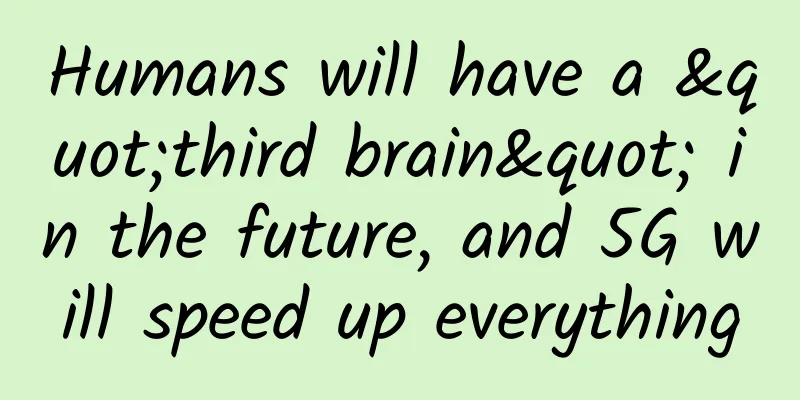An article to help you understand HTML5 MathML

|
HTML5 can use MathML elements in documents. The corresponding tags are . MathML is Mathematical Markup Language, a markup language based on XML (a subset of Standard Generalized Markup Language) for writing mathematical symbols and formulas on the Internet. Notice: Most browsers support MathML tags. If your browser does not support this tag, you can use the latest version of Firefox or Safari to view it. 1. Simple MathML Example The following is a simple MathML example.
The running result graph is as follows: 2. Use as MathML Characters Imagine the following is a markup used as the characters ⁢: XML/HTML Code Paste the contents into the clipboard. The following example adds some operators:
The running result graph is as follows: 3. MathML multiplication <msgroup> is used to group rows within <mstack> elements and <mlongdiv> elements so that their positions are relative to the alignment of the stack. The <msgroup> element with the shift attribute can be used to create simple multiplication. 1. Usage Following is the simple syntax to use this tag.
2. Parameters Here is a description of all parameters of this tag (expression - expression). 3. Attributes position: Specifies the horizontal position of the row within the group relative to the position controlled by the containing msgroup (according to its position and offset properties). The default value is 0. shift : Specifies the incremental shift of the positions of consecutive children (rows or groups) within the group. The default value is 0. 4. Case
4. Matrix expression The following example may be used to indicate a relatively simple 2x2 matrix. XML/HTML CodeCopy contents to clipboard The following example is a 2×2 matrix.
The running result graph is as follows: V. Conclusion This article introduces the common usage of MathML based on HTML. In this article, it introduces how to use it as a MathML character, focusing on the practical application of MathML multiplication. Through the analysis of each case, its usage and properties are introduced. The display of the running effect diagram can help readers better understand. Everyone is welcome to try actively. Sometimes it is easy to implement something when you see others do it, but when you try to implement it yourself, there will always be various problems. Don't be too ambitious and be diligent in doing it, so that you can understand it more deeply. This article is reprinted from the WeChat public account "Front-end Advanced Learning Exchange", which can be followed through the following QR code. To reprint this article, please contact the front-end advanced learning exchange public account. |
<<: What HTTP status codes have you seen?
>>: Design and implementation of Nodejs-Ipc
Recommend
Will 5G kill WiFi?
As 5G is about to be commercialized, more and mor...
spinservers: $99/month - 2*E5-2630Lv3/256GB/2*1.6T SSD/10Gbps bandwidth/San Jose data center
This month, spinservers is offering a flash sale ...
RackNerd: San Jose data center VPS promotion starting at $11.88/year
A week ago, we shared RackNerd's promotional ...
What is the relationship between API, ESB, ServiceMesh, and microservices?
Introduction I mentioned before that I would like...
The 17th China Enterprise Annual Selection List for 2022 was announced: Juniper Networks China CTO Jing Youhao won the 2022 IT Industry Network Outstanding Contributor
In November 2022, the "China Enterprise &quo...
uCPE/vCPE and the network: You are in me, I am in you
IDC believes that the acceptance and adoption of ...
OneTechCloud July promotion: VPS monthly payment 10% off/quarterly payment 20% off, Hong Kong CN2/CMI large bandwidth/US CN2 GIA/high defense optional
OneTechCloud (Yike Cloud) has started its July pr...
[11.11] HostYun offers 25% off, starting from 13 yuan/month, data centers in Hong Kong/US/Japan/Korea, etc.
HostYun launched this year's Double 11 promot...
Why has the number portability service suddenly become silent? Should this service be cancelled?
Why did the once-noisy "big event" die ...
What makes 5G's peak speed reach 20Gb/s? An article to understand millimeter wave
With the explosion of video content, today's ...
How to configure basic IPv6 addresses? Learn in one minute
1. Understanding IPv6 IPv6 increases the address ...
5G Era: Say Goodbye to TCP/IP
I just don't love you anymore, a song that ca...
Ministry of Industry and Information Technology: Build 30 5G fully connected factories in 10 key industries by 2023
[[375916]] On January 12, a reporter from Cover N...
Solve the problem of pipeline complexity in data centers: Seventeen principles of pipeline avoidance!
1. Small pipes give way to large pipes: Small pip...
